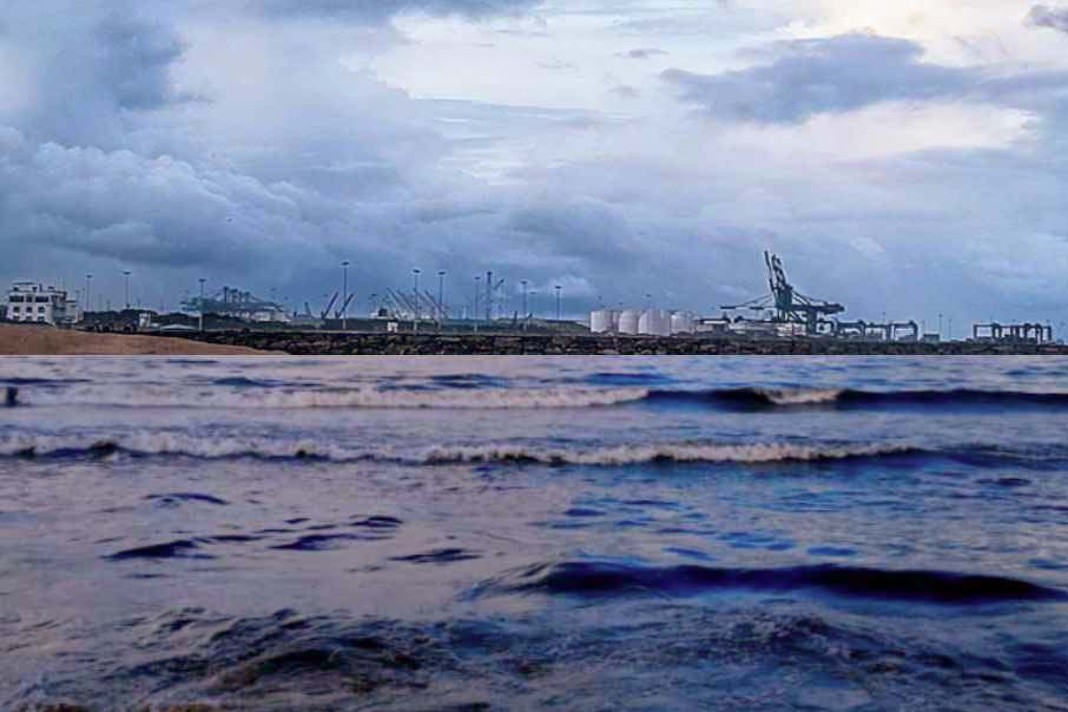Understanding the dynamics of proven oil reserves, production capacities, and market influences is crucial for comprehending the global energy landscape. While vast reserves signify potential, actual output and the geopolitical factors affecting it are what truly shape energy security and trade flows.
Proven Oil Reserves vs. Production
Proven oil reserves refer to crude oil quantities that are demonstrably recoverable under existing economic and operational conditions. This is distinct from production, which signifies the actual volumes extracted and brought to market. A country can possess enormous reserves but have limited production capacity due to factors like underinvestment, international sanctions, or technical constraints, as exemplified by Venezuela. Conversely, nations like the United States, despite having relatively modest proven reserves compared to some OPEC giants, maintain high daily output thanks to advanced technology (especially in shale production), sustained investment, and operational flexibility.
Top Ranking Countries by Reserves and Production
The global distribution of proven oil reserves is highly uneven, impacting the energy landscape and long-haul tanker flows:
- Venezuela leads with approximately 304 billion barrels.
- Saudi Arabia follows closely with around 297 billion barrels.
- Iran holds approximately 209 billion barrels.
- Canada possesses around 167 billion barrels, primarily in oil sands.
- Iraq, the UAE, and Kuwait each boast reserves exceeding 100 billion barrels.
- Russia is estimated to hold about 107 billion barrels, though reporting standards vary.
- The United States, ranking ninth with approximately 74 billion barrels, paradoxically leads global oil production.
Countries with vast reserves but constrained production often leverage geopolitical influence rather than market dominance. This dynamic is evident in OPEC+ coordination, control over key maritime chokepoints like the Strait of Hormuz, and regional alliances that impact energy security and seaborne trade.
Oil Price Volatility, Red Sea Disruptions, and Market Tensions
Global oil markets remain susceptible to volatility, driven by persistent geopolitical tensions, evolving supply dynamics, and fluctuating demand signals.
- Red Sea Threats: Recent attacks by the Houthis on merchant vessels in the Bab el-Mandeb Strait, including fatal strikes on Greek-owned ships in early July 2025, have dramatically increased marine insurance premiums. These premiums now exceed 0.7% of a vessel’s value, with some quotes spiking to 1%, a significant jump from 0.3% before the latest incidents. Although crude oil tankers have not been directly targeted, the elevated threat environment has caused shipment delays and sustained a geopolitical risk premium in oil prices.
- Production Disruptions and Supply Growth: Despite localized disruptions like Yemen-linked issues near the Red Sea, missile threats impacting operations in southern Israel, and periodic outages in Sudan and Iraq, global oil supply has maintained a steady flow. Crude output is on the rise, supported by increased production from OPEC+ members (led by Saudi Arabia and the United Arab Emirates) and consistent growth from non-OPEC producers such as the United States, Brazil, and Canada. Saudi Arabia’s exports have already surpassed 7.5 million barrels per day. OPEC+ has been gradually unwinding its voluntary production cuts since April 2025, with an initial increase of 138,000 barrels per day, followed by monthly additions of 411,000 barrels per day through July. An additional boost of 548,000 barrels per day is scheduled for August, with another increase of approximately 550,000 barrels per day expected in September, bringing the total planned increase to over 2.5 million barrels per day.
- Supply Surplus Projections: The International Energy Agency (IEA) projects global oil supply to grow by 2.1 million barrels per day in 2025. This significantly outpaces the expected demand growth of just 700,000 barrels per day, which would mark the slowest annual increase in demand since 2009 (excluding pandemic years). This projected supply surplus has helped to temper sharp price increases despite ongoing regional instability.
Strategic Petroleum Reserves: US vs. Global Peers
Strategic petroleum reserves serve as vital geopolitical buffers, used to stabilize markets during supply shocks. The United States maintains one of the world’s largest Strategic Petroleum Reserves (SPR). However, recent drawdowns coupled with underfunded refill efforts have significantly reduced its capacity. As of July 2025, Senate budget cuts have limited the Department of Energy to purchasing only about 3 million barrels, far short of the original 20 million barrel target. Furthermore, deliveries into the SPR have been delayed due to maintenance, with only 8.8 million of the 15.8 million barrels scheduled for delivery between January and May having been received by the end of June.
Other major economies, including China, India, and Japan, also maintain emergency reserves. However, these reserves are generally less transparent and lack the centralized coordination seen in the U.S. system. The strategic use of these reserves, whether reactive to crises or preemptive to mitigate inflationary pressures, continues to reflect distinct national energy security priorities.
Did you subscribe to our Daily newsletter?
It’s Free! Click here to Subscribe!
Source: Breakwave Advisors

























